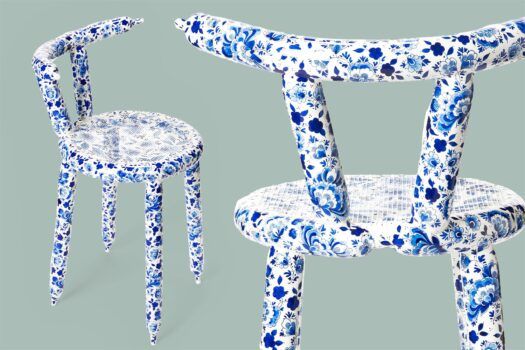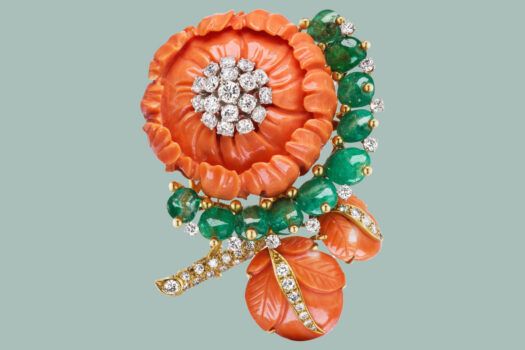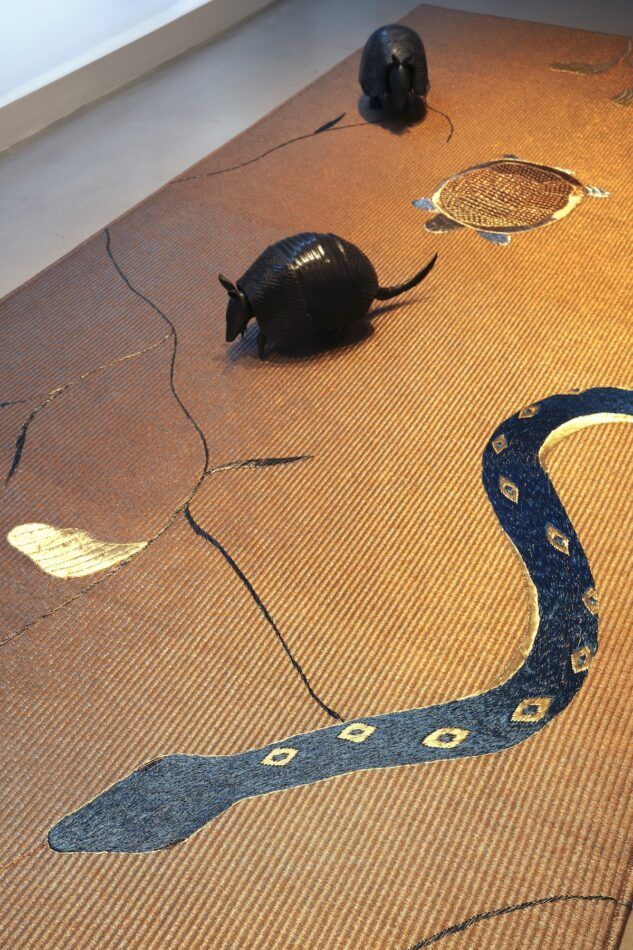
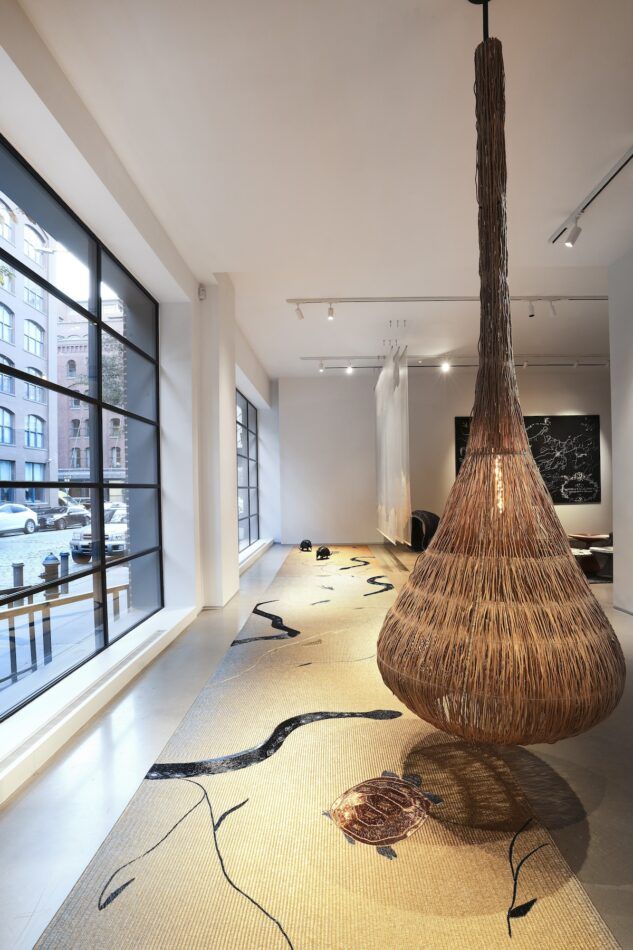
“It’s a masterpiece,” declares the design dealer Cristina Grajales, discussing the exquisitely embroidered, 38-foot-long and five-foot-wide Original Sin floor tapestry — runner seems too prosaic a term — by Bogotá-based textile studio Hechizoo. The piece lends its name to the Colombian maker’s latest exhibition, on view at Grajales’s eponymous New York gallery through January 24.
An amalgam of the Spanish words hecho (“made”) and hechizo (“spell” or “charm”), Hechizoo’s very name speaks of handmade enchantment. The venture was founded in 2000 by architect Jorge Lizarazo with the mission of preserving the artistry of his country’s indigenous peoples and innovating upon it to create captivating contemporary furnishings. His desire was that through the resplendent beauty of his designs, he might alter perceptions of Colombia, then synonymous with drug cartels and civil strife.
A genius at creating shimmering, elaborately patterned textiles out of natural tropical fibers like agave and cumare interwoven with industrial materials like copper wire and nylon thread, Lizarazo succeeded spectacularly. Today, Hechizoo not only caters to many of the world’s top tastemakers but has also helped foster a new generation of Colombian design talent.
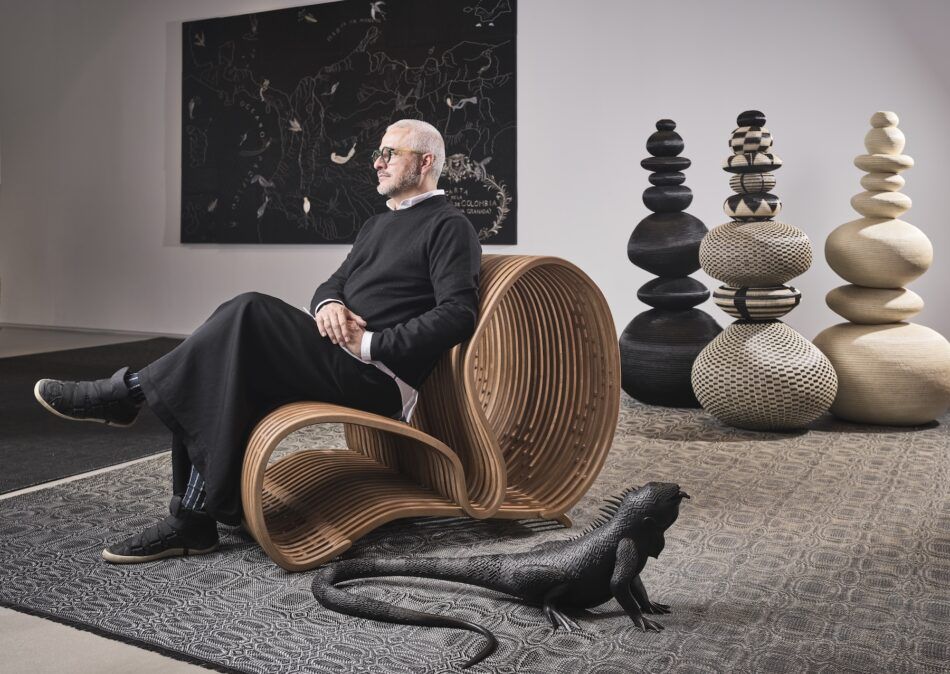
Despite all his creative achievements, Lizarazo recently found himself frustrated. There was so much more about his homeland that nourished him than he had been able to convey through his designs. “I cannot live without the green of the plants or all the animals,” he says via WhatsApp from his studio. “Colombia is the second-most biodiverse country in the world and has the greatest diversity of birds. I wanted to put that wonder into my textiles too.”
Seeking inspiration for the pieces in the current show, he needed to look no further than the lush garden that fronts his atelier. The turtles and snakes living among the region’s plants have always had great significance for Colombia’s indigenous peoples. “The turtle is the animal that connects water with land,” says Lizarazo. “His round shape signifies the cosmic universe. The snake is a sacred transmitter of messages from one world to another. The same for birds.”
Woven out of nylon with embroidery in copper, tin and bronze wire, the floor runner portrays an idyllic garden, an Eden. Snakes abound among the embroidered flora and fauna, but with neither an apple nor an Eve, not to mention an Adam, why title the piece Original Sin? “For the indigenous peoples, snakes were never evil,” Lizarazo explains. “Nothing in nature was. It is only in Western religions that nature is sinful, and with sin comes guilt. So, with this piece, I wanted to say that the real original sin was to even think about sin.” It’s a message that packs a punch, woven into a work of delicate poetry.


